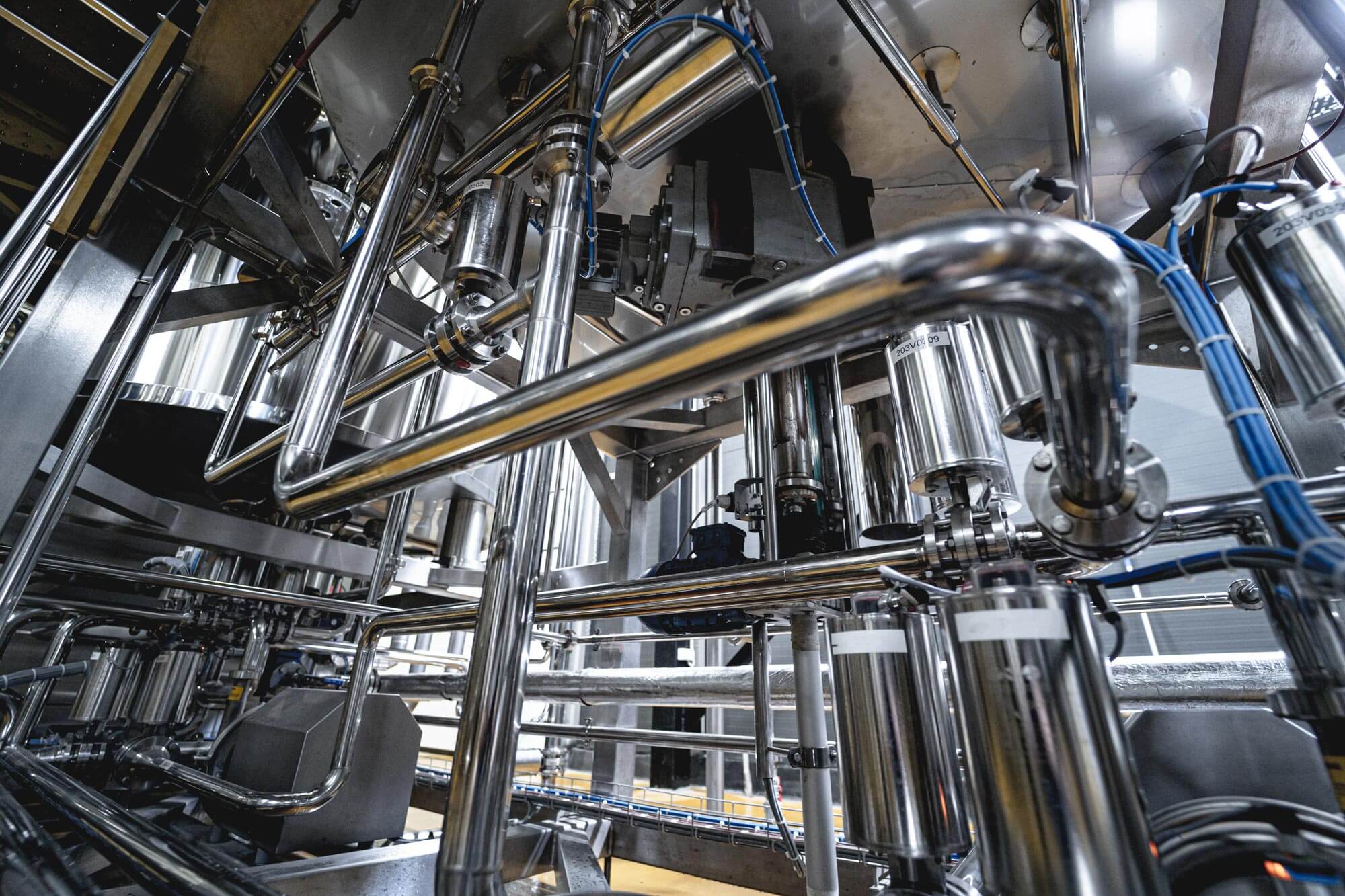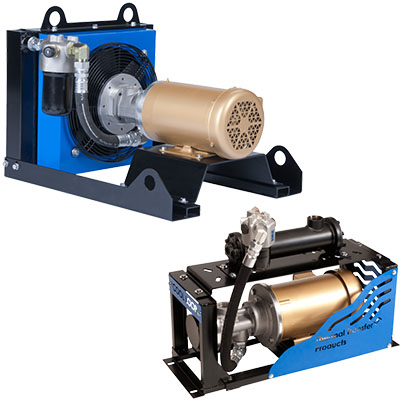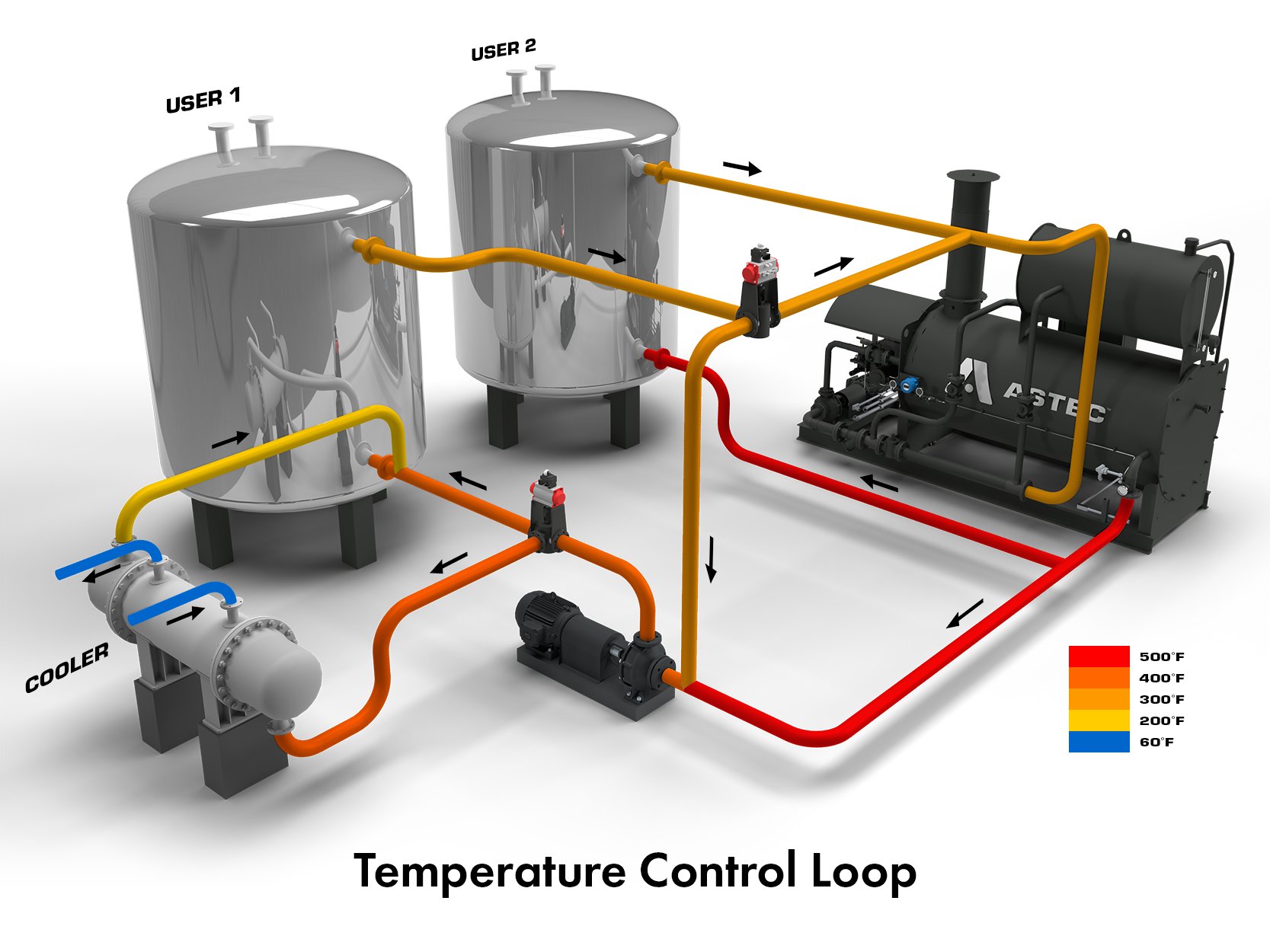A Comprehensive Guide to Selecting the Right Heat Transfer Equipments for Your Requirements
Selecting the ideal Heat transfer system is vital for operational efficiency. Various systems provide to different requirements, influenced by factors such as temperature level range and liquid type. Understanding the principles behind Heat transfer, such as radiation, conduction, and convection, is vital. Additionally, assessing power sources and upkeep techniques can influence long-lasting efficiency. A closer evaluation of these factors to consider exposes just how to customize a system to particular requirements. What should one prioritize in this complicated decision-making process?
Recognizing Heat Transfer: Key Ideas and Concepts
Although Heat transfer might feel like an uncomplicated concept, it encompasses a variety of concepts that are essential for effective system layout. Understanding these principles is vital for designers and designers who aim to maximize thermal efficiency in various applications. Conduction, for instance, involves the transfer of Heat with solid products, while convection describes the motion of Heat within liquids. Radiation, another crucial concept, describes just how Heat can be moved via electro-magnetic waves. Each of these mechanisms plays an important role in identifying exactly how power moves within a system. By completely realizing these principles, experts can make informed choices, making certain that Heat transfer systems operate efficiently and meet the particular needs of their applications
Types of Heat Transfer Solutions: A Summary
Recognizing the concepts of Heat transfer lays the foundation for discovering the various sorts of Heat transfer systems readily available. Heat transfer systems can be categorized mainly right into 3 types: conduction, radiation, and convection. Conduction entails Heat transfer via solid products, depending on straight get in touch with in between particles. Convection, on the various other hand, happens in liquids (liquids and gases) where the activity of the fluid itself helps with Heat transfer. Radiation entails the transfer of Heat with electro-magnetic waves and does not require a tool, allowing it to occur in a vacuum. Each kind of system has unique characteristics and applications, making it essential for individuals and companies to carefully examine their certain requirements when selecting the most appropriate Heat transfer service.
Applications of Heat Transfer Solutions in Various Industries
Heat transfer systems play a vital role throughout various sectors, affecting efficiency and item quality. In industrial production processes, they assist in precise temperature control, while in food and beverage handling, they assure safety and conservation. In addition, HVAC and environment control systems rely greatly on efficient Heat transfer to preserve comfortable environments.
Industrial Production Processes

Various commercial manufacturing procedures depend heavily on reliable Heat transfer systems to make the most of performance and enhance product quality. In sectors such as metalworking, Heat exchangers play a crucial function in maintaining perfect temperature levels during welding, casting, and forging. These systems assure consistent Heat circulation, which is vital for attaining wanted product properties. In a similar way, in the chemical manufacturing sector, Heat transfer systems assist in precise temperature control throughout reactions, impacting yield and safety and security. Additionally, in fabric production, efficient Heat management is essential for coloring and completing processes, influencing shade consistency and material high quality. By choosing proper Heat transfer modern technologies, makers can boost energy efficiency and lower operational costs, ultimately bring about a more lasting and competitive production environment.
Food and Drink Handling
Efficient Heat transfer systems are equally essential in the food and drink processing sector, where preserving perfect temperatures is important for food safety and security and top quality. These systems play an important duty in procedures such as pasteurization, cooking, and sterilization, making sure that items are risk-free for usage and maintain their nutritional worth. Heat exchangers, for instance, effectively move Heat between liquids, enhancing power usage while reducing temperature level changes. Additionally, refrigeration systems are essential for prolonging and maintaining disposable items service life. The selection of Heat transfer technology directly influences functional effectiveness and item integrity, making it vital for food and beverage producers to choose the ideal systems tailored to their particular processing needs. This cautious selection inevitably adds to consumer fulfillment and food safety and security.

A/c and Climate Control
While several industries depend on Heat transfer systems for effectiveness, HVAC (Home Heating, Air Flow, and Air Conditioning) plays a necessary role in keeping interior climate control throughout numerous setups. These systems utilize Heat transfer concepts to regulate air, moisture, and temperature high quality, making sure comfort and safety in property, business, and industrial atmospheres. Appropriately designed a/c systems enhance energy performance, lower operational prices, and reduce environmental effect. In business buildings, for example, effective climate control adds to worker performance and customer contentment. In industrial applications, heating and cooling systems aid maintain optimal problems for devices operation and check my blog item preservation. Selecting the best Heat transfer system is crucial for conference particular climate control demands and achieving overall system efficiency.
Assessing Energy Resources for Heat Transfer Solutions
In reviewing energy sources for Heat transfer systems, a comparison of renewable resource options and nonrenewable fuel source factors to consider is essential. Eco-friendly sources, such as solar and wind, offer sustainable choices that can minimize ecological influence. Conversely, nonrenewable fuel sources remain widespread as a result of their well established infrastructure and energy thickness, triggering a cautious analysis of both alternatives.
Renewable Energy Options

Fossil Gas Considerations
Assessing fossil gas considerations is crucial for the efficiency and sustainability of Heat transfer systems. Nonrenewable fuel sources, such as all-natural gas, oil, and coal, are conventional power resources that provide substantial Heat result, making them popular selections for industrial and household applications. Nevertheless, their ecological influence, including greenhouse gas exhausts and resource deficiency, increases problems. When choosing a warm transfer system, it is important to evaluate the availability, price, and regulatory variables related to these gas. In addition, the efficiency of fossil gas systems must be thought about, as higher efficiency can mitigate some ecological disadvantages. Eventually, a well balanced strategy weighing performance and sustainability can direct decision-makers toward the most proper Heat transfer solution for their details needs.
Variables to Think About When Selecting a Warm Transfer System
Choosing a suitable Heat transfer system requires mindful consideration of various elements that can considerably impact performance and performance. One important factor is the operating temperature array, which determines the products and style suitable for the application. In addition, the type of liquid utilized in the system-- whether gas or fluid-- impacts Heat transfer efficiency and compatibility. The system's size and capacity must align with the particular requirements of the procedure to prevent inadequacies. Energy source schedule is additionally necessary, affecting operating expense and sustainability. The installment atmosphere, consisting of room constraints and availability for maintenance, plays a significant role in system selection. Lastly, regulatory compliance and security standards must be thought about to ensure the system meets all lawful demands.
Upkeep and Efficiency Optimization for Heat Transfer Systems
Maintaining Heat transfer systems is crucial for ensuring optimal performance and durability. Regular maintenance activities, such as cleaning up Heat exchangers and inspecting insulation, help protect against effectiveness losses because of fouling and thermal bridging. Furthermore, checking system criteria, including pressure and temperature, permits early detection of anomalies, lessening downtime and pricey repair work. Implementing a precautionary maintenance routine can optimize efficiency and extend the lifespan of elements. Additionally, updating to sophisticated control systems can boost functional performance by getting used to varying tons and problems. By focusing on maintenance and performance recommended you read optimization, drivers can accomplish reduced power usage, lower functional expenses, and boosted total system integrity, ultimately causing far better source application and a more sustainable operation.
Future Fads in Heat Transfer Technologies
As markets increasingly prioritize sustainability and power performance, future trends in Heat transfer innovations are set to go through significant transformations. Developments such as innovative products, consisting of carbon nanotubes and nanofluids, assure improved thermal conductivity and effectiveness. In addition, the integration of renewable energy sources right into Heat transfer systems is acquiring energy, promoting environmentally friendly remedies. Smart modern technologies, including IoT sensors, are expected to reinvent monitoring and control, making it possible for real-time information analysis for optimized efficiency. Additionally, the advancement of modular and small systems will certainly facilitate simpler installment and upkeep, accommodating varied applications. These advancements suggest a change towards even more lasting, efficient, and adaptable Heat transfer options, aligning with international power objectives and ecological requirements.
Frequently Asked Concerns
What Are the Ecological Effects of Heat Transfer Systems?
The environmental influences of Heat transfer systems can include greenhouse gas emissions, power consumption, and prospective thermal air pollution. Additionally, inappropriate disposal of ineffectiveness and products can add to source exhaustion and community disturbance.
How Do I Determine the Cost-Effectiveness of a Warmth Transfer System?
To calculate the cost-effectiveness of a warm transfer system, one have to analyze first expenses, operational costs, maintenance needs, and power efficiency, comparing these elements versus the expected life expectancy and performance of the system.
Can Heat Transfer Solution Be Used in Residential Settings?
Heat transfer systems can without a doubt be made use of in domestic setups. They supply effective heating and cooling solutions, making homes extra comfortable while possibly decreasing power prices. Their versatility enables numerous applications in household settings.
What Safety Regulations Relate To Heat Transfer Equipments?
Safety and security laws for Heat transfer systems normally include guidelines on maintenance, procedure, and setup. Compliance with neighborhood building ordinance, supplier requirements, and industry standards is vital to guarantee secure and reliable system efficiency in you could check here numerous applications.
Exactly How Do Various Products Affect Heat Transfer Effectiveness?

Conduction, for instance, includes the transfer of Heat with strong materials, while convection refers to the motion of Heat within liquids. Recognizing the principles of Heat transfer lays the foundation for checking out the various kinds of Heat transfer systems offered. Heat exchangers, for circumstances, successfully move Heat between fluids, maximizing power usage while lessening temperature level changes. In reviewing power resources for Heat transfer systems, a comparison of renewable energy choices and fossil gas considerations is vital. Metals, such as copper and light weight aluminum, conduct Heat efficiently, whereas insulators like rubber and glass reduce down Heat flow.